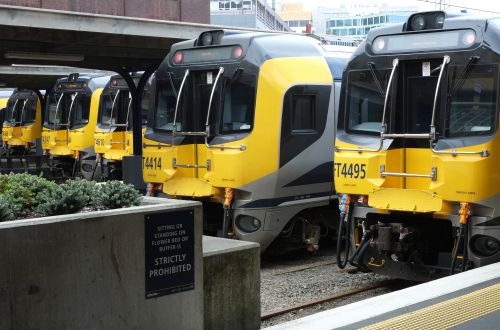Greater Wellington sustainable transport committee chair, Ms Barbara Donaldson, says the region is currently experiencing growing demand for capacity.
“Our rail network reached a new annual patronage high of 14.3 million passengers in June, representing an increase of 5.7% year-on-year,” Donaldson says. “The peak patronage rates were even higher, rising 7.3% year-to-date, with our busiest lines being Hutt Valley and Kapiti.”
The regional council says rolling stock used on Wellington - Masterton and Wellington - Palmerston North services is in need of refurbishment or replacement, and demand has already exceeded capacity on both lines.
“The increase in train users both within and beyond the metro network shows an urgent need to plan and fund a fleet solution that avoids capacity shortages across the whole network as early as the mid-2020s,” Donaldson says.
The case approved by the council proposes replacing both fleets with BMUs, which will operate on overhead catenary until Waikanae and Upper Hutt, before switching to an alternative traction source.
“The additional capacity will provide a boost to peak services on the Kapiti and Hutt lines which alone provide transport for 84% of our rail customers,” Donaldson says.
The council says the delivery of the new fleet and associated network improvements requires a capital investment of $NZ 415m ($US 267.9m) and has a conservative benefit cost ratio range of between 1.3 and 2.6. The earliest date for the introduction of the new trains is 2025.
The funding proposal will now go to regional and rail stakeholders and the NZ Transport Agency for consideration and feedback.
For detailed information on fleet orders around the world, subscribe to IRJ Pro.

